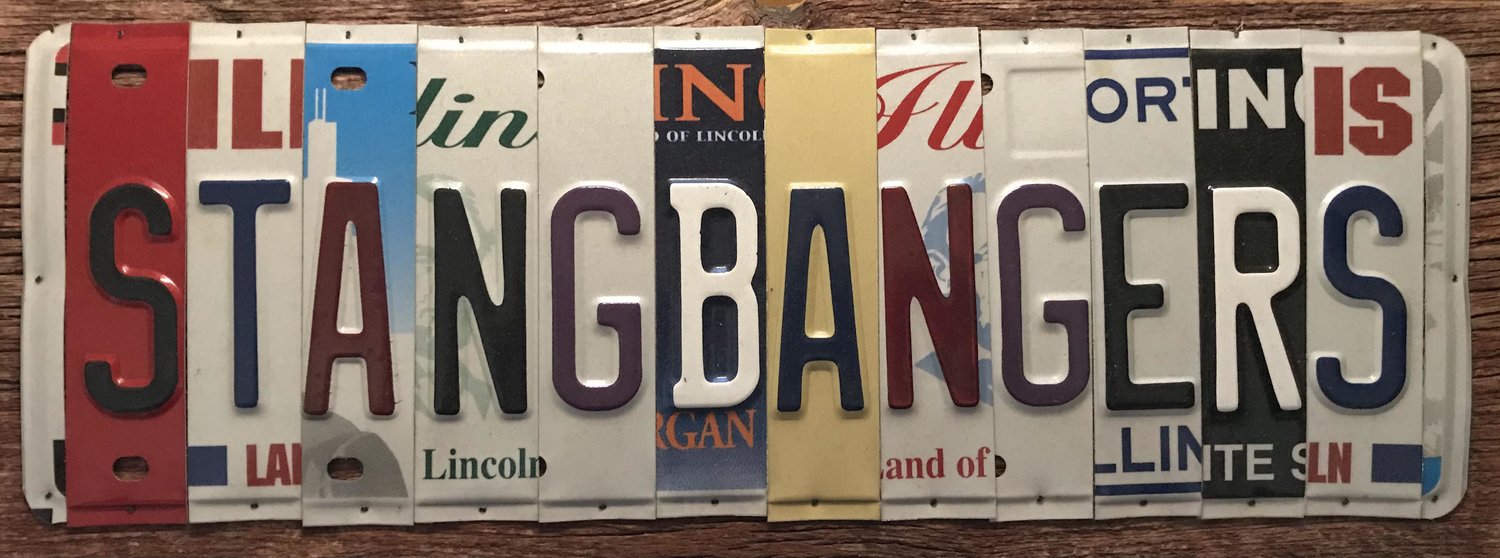Braxton Sickel's 1978 Ford Mustang Cobra II
Braxton Sickel’s Mustang Story:
Ford’s second-generation pony car, built from 1974 to 1978, is considered the forgotten Mustang. But Braxton Sickel of Calgary says his 1978 Ford Mustang Cobra II draws plenty of attention.
After the success of the first generation Mustang that debuted on April 17, 1964, the car slowly became a bigger and heavier vehicle. Late in 1970, Ford president Lee Iaccoca, who fathered the original Mustang, made plans to build a lighter and more compact pony car. Based on the subcompact Pinto platform and released late in 1973 as a 1974 model-year vehicle, the Mustang II was significantly shorter, narrower, and lighter than the Mustang it replaced. Dispensing with V8 power, the car came with a much more energy efficient four or six-cylinder engine in a notchback or hatchback body style.
Although no longer a ‘muscle car’, the Mustang II was a sales success – thanks in part to the energy crisis that saw gasoline rationing and rising oil prices. Motor Trend even named it their Car of the Year for 1974. Ford sold 386,000 Mustang IIs that year. A 302 cubic inch V8 engine was offered in 1975, and in 1976 Ford introduced the Cobra II appearance package. This gave the hatchback car distinctive decals, faux hood scoop, louvres over the quarter and rear windows and front and rear spoilers. The last year for the Mustang II was 1978, to be replaced by the Fox-bodied third-generation pony car that lasted until 1993.
Sickel was raised in Yorkton, Saskatchewan, and bought his Cobra II in 2000, just one month before he turned 16 and got his driver’s licence. The Cobra II was his first car. Initially, he was looking for an early 1970s Dodge Challenger.
“I had a couple of them lined up to look at, but they were $5,000 cars and just slightly out of reach for me,” Sickel says. “This Mustang turned up for $3,000, and I could afford that.”
Sickel worked part time during high school, and full time in the summer at a local garage. While he started off sweeping the shop floors, he was soon performing mechanical tasks such as swapping out brakes and changing oil on customer vehicles. When Sickel bought the Cobra II, the seller had owned it since 1984. Some small tasks, such as touching up the original paint and updating the decal kit had been done and it was a summer driver. Sickel maintained that tradition, driving it only during the warm months and parking it for the winter in his mom’s garage.
When he moved to Calgary in 2002, the Cobra II stayed in Yorkton until 2011. Sickel built a custom 1971 GMC 1500 while the Mustang sat, waiting its turn. “It wasn’t in rough shape,” he says, and adds, “but it needed some work.”
The engine ran well, but the piston rings were shot, and it burned oil. He pulled the engine, took it apart and discovered it was in worse condition than he’d anticipated. At that point, Sickel opted for a full rebuild. He bored and stroked the V8, taking it to 331 cubic inches. He ported and polished the cylinder heads and topped the package off with a Holley Sniper fuel injection kit. The four-speed manual transmission was overhauled at the same time and the stance of the car altered with a coilover conversion up front and adjustable air shocks in the rear. Aftermarket 17-inch wheels completed the updates.
The Mustang II front end is popular with hot rod builders, so it’s not hard to find parts for that area of the car. Sickel says it is difficult, though, to find much else. He eventually managed to locate reproduction seat covers from Classic Auto Reproductions, as the originals were cracking and well worn. That company is one of the few suppliers selling Mustang II parts. He’s added a few more than 200 kilometres to the rebuilt powerplant, and for now, Sickel intends to simply take it easy and continue adding break-in miles. Depending on how much power that new engine makes, he might consider doing a transmission swap and upgrading to a five-speed.
“I like this car because you just don’t see them around,” he says. “At a show, you’ll see all kinds of Mustangs from the 1960s and other eras, but you rarely see a Mustang II. They might be called the forgotten pony, but when I’m out in mine, people always remember them and have a story to share.”
(photo credit: Braxton Sickel)




